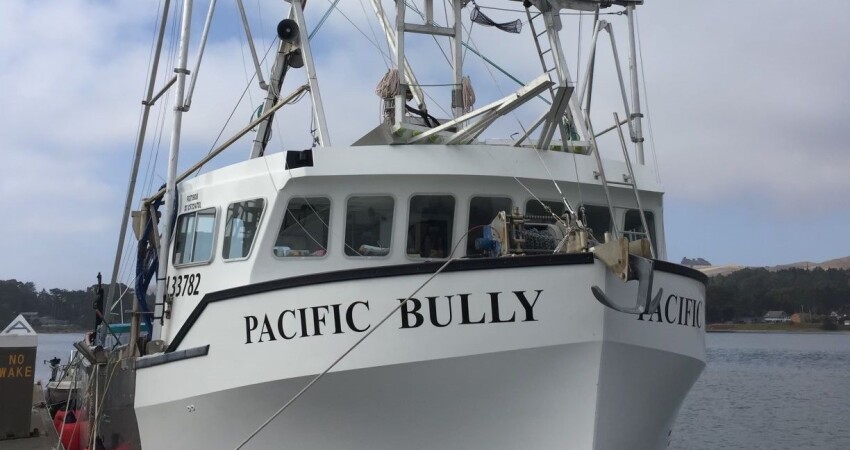Jerry Wetle needed a boat that could do everything in California. He found it in Nova Scotia.
Wetle’s number came up in 2016. He needed a boat 44 feet 8 inches to fit his crab permit at the time, so he started with a cut-down version of the Dixon 50. “It took a long time to build because we kept changing it,” says Wetle. “We widened it once, then we saw another boat we liked, so we widened it again. We measured our crab pots and figured how many we wanted across the boat if we wanted to get all 400 on, and that’s what we went with.” In the end, Dixon built the boat 28 feet 6 inches wide.
“But then we calculated the weight of the traps, and with the lobster-style boat we were building, we would have been underwater,” says Wetle. “So, we raised the deck a full 3 feet.” Wetle notes that raising the deck increased the hold capacity by a factor of ten. “It’s built to hold 82,000 pounds of crab, but so far, we haven’t gotten over 50,000.”
While many fishermen choose engines for speed and power, Wetle opted for endurance and longevity. “We chose a Volvo Penta D16,” he says. “They can be 1000 horsepower, but we ordered the 600 and tuned it so it’s running 70 percent of its load at full throttle. And Volvo offered us a 10,000-hour warranty, so we had to do it. Yeah, it costs more to fix, but so far, we haven’t seen a mechanic.” The engine has a 4:1 ZF gear that turns a 4-inch diameter Aquamet shaft and a 52-inch diameter propeller.
Anyone who has pounded head-on through the chop in a super wide Novi knows that it can empty the strongest stomach, but Wetle built the boat to be fully tanked for crab. “When it’s tanked, it takes away the pounding,” he says. “It runs through the chop. When we widened it, we didn’t widen the bow. That stayed the same, so the hull is shaped kind of like a wave-piercing wedge.”
The load, when tanked, put a strain on the fiberglass boat and Wetle and gussets in all the areas that held water. “We had to reinforce everything and add hatch walls so the deck wouldn’t flex,” he says. “And when we got to California, we found we were over the tonnage for our permit; we had to add some bulkheads and tonnage frames, which helped stiffen the hull.” Wetle points out that the boat is very stable- the wheelhouse is made of Nidacore, “It’s heavy below and like a feather on top,” he says.
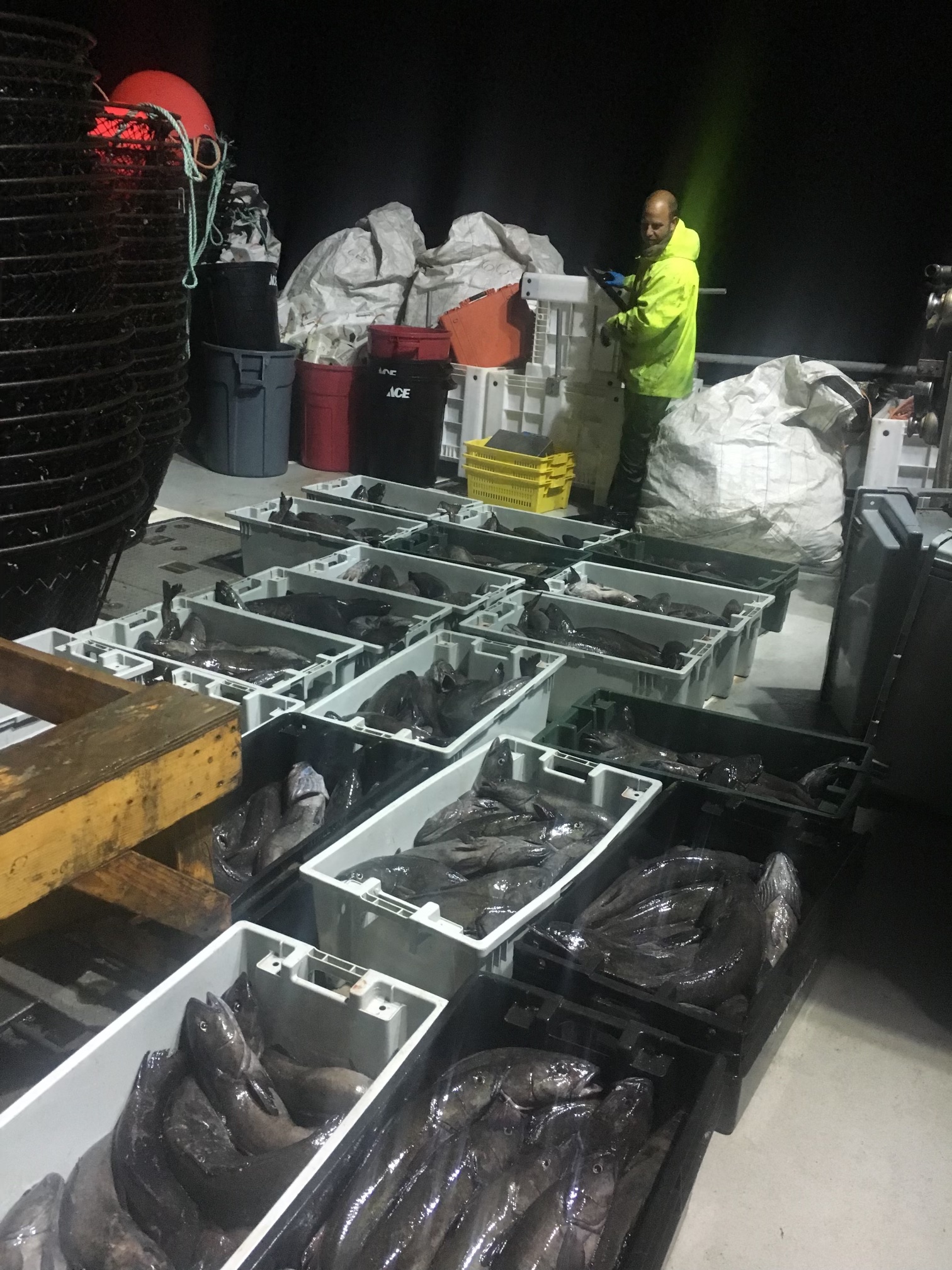
Besides crab, Wetle uses the Pacific Bully in several fisheries. “We fish black cod with longline pots, the big 4x6 ones, so we have a hauler for those. We’ve got a trawl permit and a permit for squid, so we have 30,000 watts of squid lights, and we troll for salmon and tuna.” Wetle can also be used for fishhooks and lines for rockfish.
He built the boat with some serious hydraulics and electronics to make all that possible.
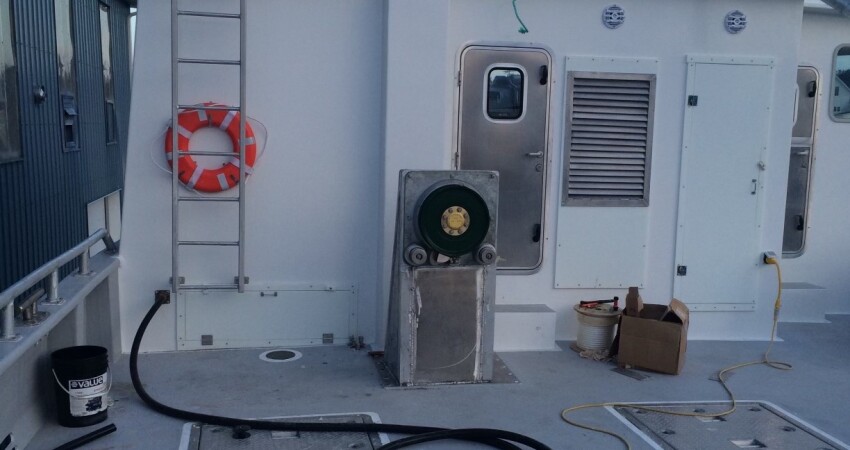
“There was a guy near Yarmouth, Vince Stuart, who has since passed away. The company was Clare Machine Works. They did incredible work. We have our 17-inch longline hauler on the opposite side of the boat, so if we get a big tangle, we can deal with it on deck rather than hanging over the side, and there’s a line coiler there. We have a crab block for when we’re crabbing, salmon gurdies.”
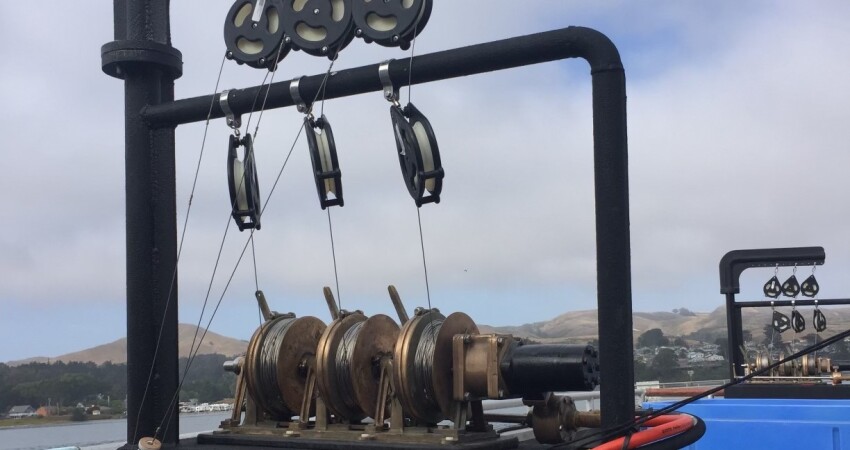
The hydraulics run off the ZF gear. “There are two pumps, a 20 and a 60 gpm. The 20 runs the line coiler, thruster, and things like that, and the sixty runs the hauler and crab block.”
For auxiliary power, the Pacific Bully has two 21kW gensets made by a Florida company, Southeastern Power Products. “They have Phasor generators and Kubota engines,” says Wetle. “We can run one or the other, or together depending on the loads. Or we can shut them both down and run on the alternator. We’ve got four panels, 110, 220, 12-volt DC, and 24-volt DC.” Among other things the gensets run a 20-ton refrigerated seawater system that Wetle had custom build using components like those in IMS systems. “They’re all electric with a diagnostic system that tells me what’s wrong if something goes wrong, so the mechanic comes. I can tell him what the problem is.”
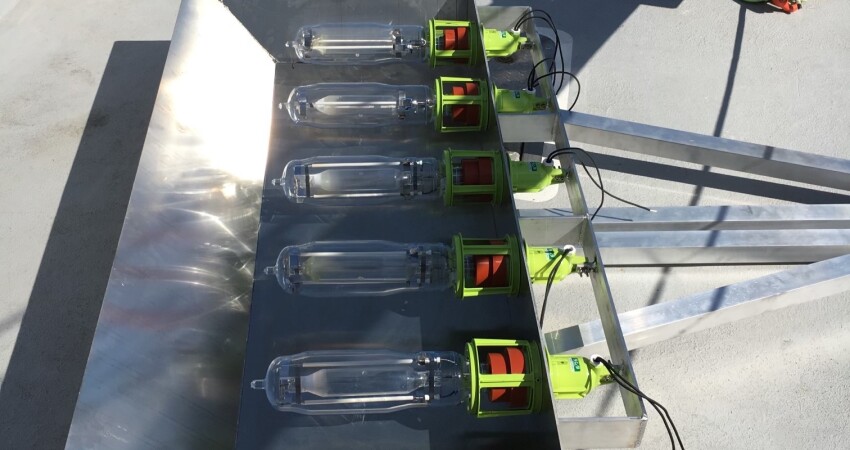
With permits for a wide array of fisheries, Wetle had to equip the Pacific Bully with an equally wide array of electronics besides the 30,000 watts of squid lights and his crab lights. “We have an arsenal of electronics, everything from fish finders to information gathering and stuff we’d rather not talk about.”
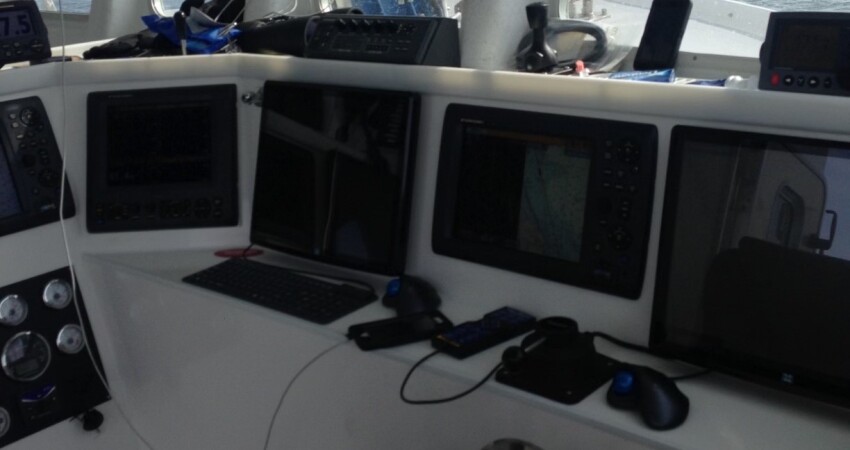
The wheelhouse looks like it could be an airplane or spaceship. “We have the Furuno 250 side scan with the 8-inch, self-leveling gyrating dome so it stabilizes itself in rough weather, and we can tell squid from sardines or whatever we’re fishing for.” According to Wetle, the Pacific Bully also has a Furuno 1150 sounder and a big 5kW Airmar tank transducer that’s fiber glassed into the hull and holds 20 gallons of coolant. “It’s something NOAA would use for their bottom mapping,” he says, noting that he went big on the electronics because he didn’t want to fish blind. “When we’re setting black cod pots in deep water, like 400 fathoms, we want to be able to see the bottom. We want to see if there’s places where we can get hung up or see if there’s any life down there to attract the cod.”
Pacific Bully’s extensive electronic suite includes much more, primarily Furuno and Nobeltec products. “I was fortunate to be able to get everything through a wholesaler direct from Japan,” says Wetle. “It’s all tied together, the Furuno Navnet, the sonar, sounder, the autopilot, everything. We have a feature that’s called Fish Hunter, so if we get onto a school of squid, we can set the boat on track mode, and it’ll follow them as long as we want.”
According to the Furuno literature, a captain can “find a fish target with the FURUNO sonar and feed it to the Navpilot. The Navpilot will activate the FishHunter ™ mode to perform circle, orbit, spiral, figure eight, square, or zigzag maneuvers around the specified target.”
While markets for crab and other seafood have seen low prices going to boats, Wetle is coping with that by marketing his own products. “I had eight boats; now I’m down to four and looking at retirement,” he says. “I let the crew take the Pacific Bully for a trip, and that worked out well, so I let them keep going. I jump on for the crab opener or if they need an extra man. But we’re doing our own brokering now, no middleman, and that’s working out well, too. I’m buying from my boats but paying higher prices than anyone else.”
Owning boats and brokering seafood means long hours, but for Wetle, it’s a business model that’s working out for him and his crew, and in the Pacific Bully, he has the right tool for the job.





